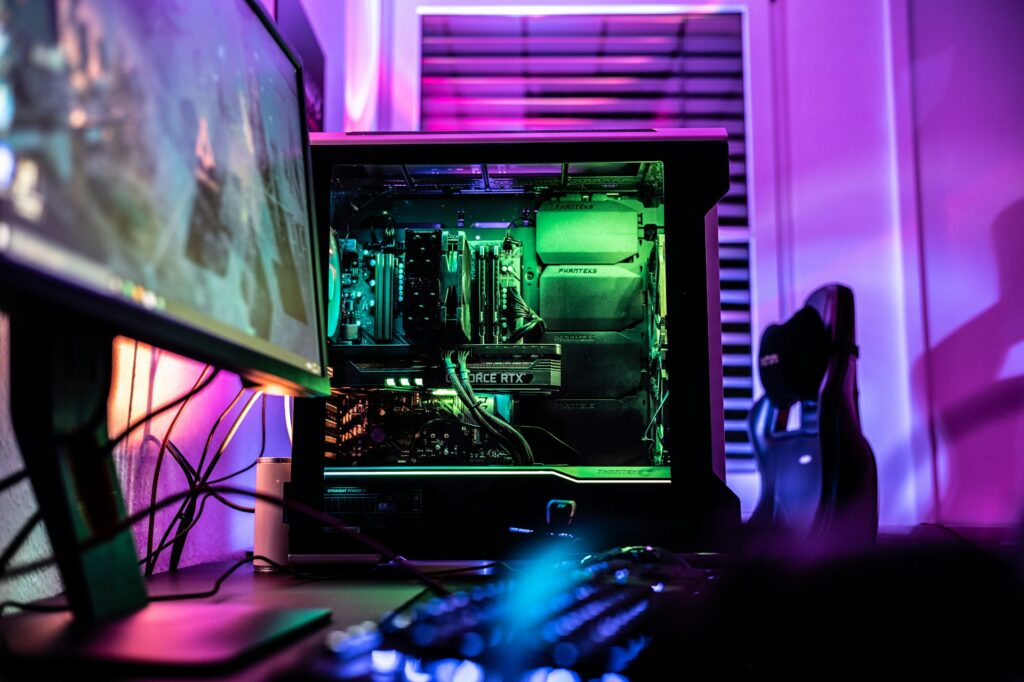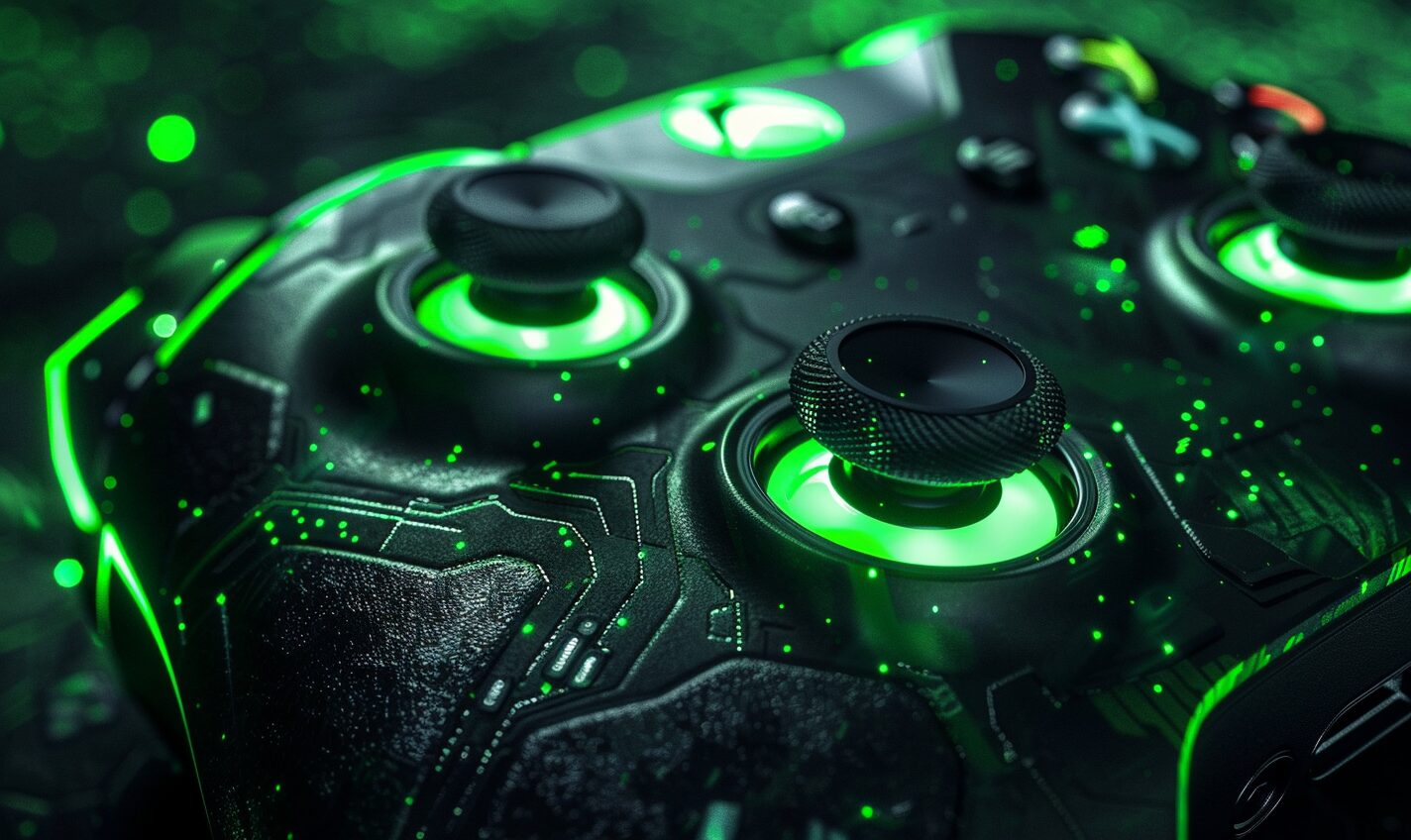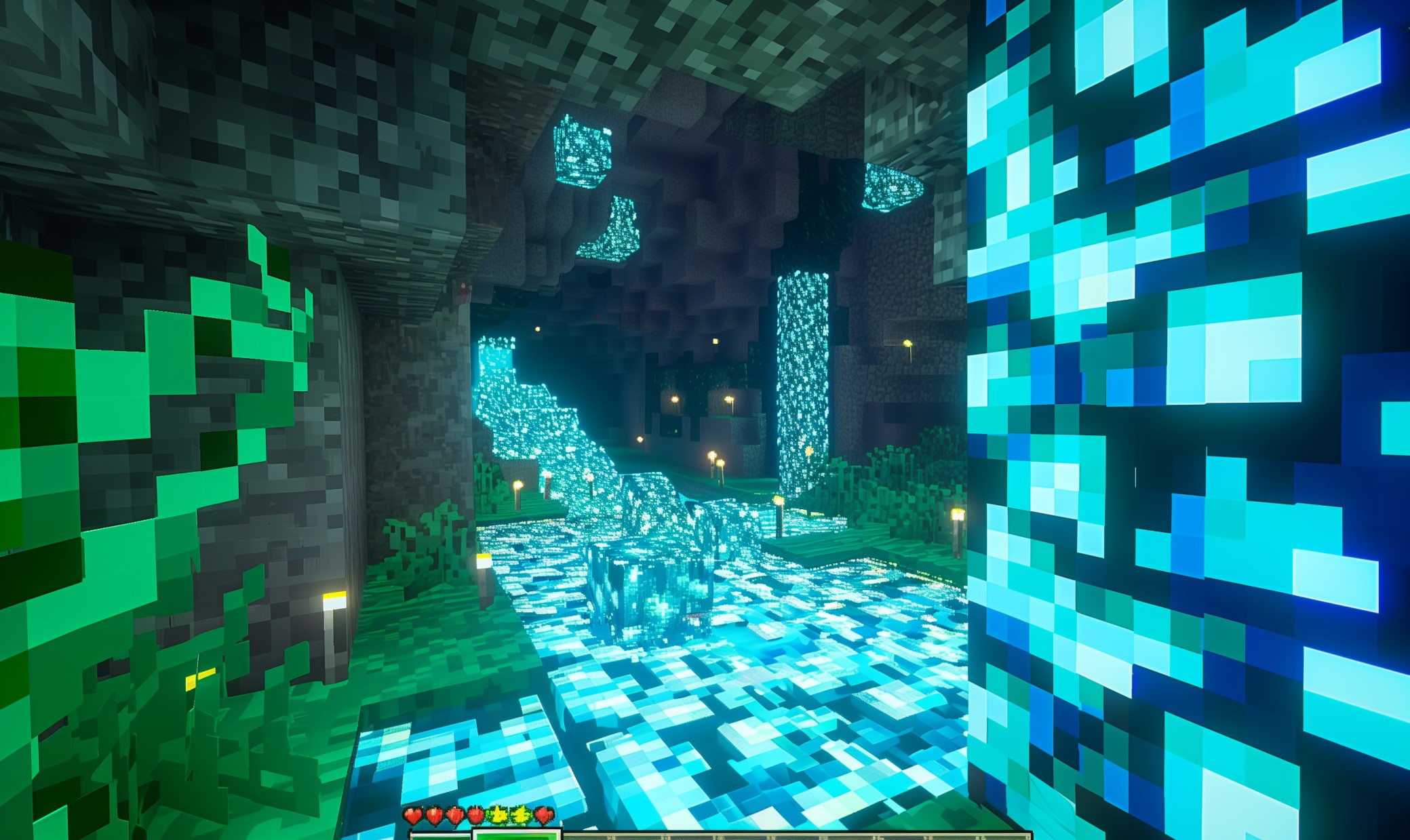The esports world becomes more complicated yet exhilarating by the day. New games, technologies and trends pop up all the time. One second, a game employs VR. Next, NVIDIA comes out with the world’s most powerful graphics card for a new age of competitive gaming. One aspect of competitive gaming that remains consistent — in a way — is MMR. It is a standard feature, made primarily famous by multiplayer online battle arena (MOBA) games. So, what is MMR in gaming, and how does it relate to players?
What Is MMR in Gaming?
MMR stands for matchmaking ranking. It sounds self-explanatory, but how games calculate it for their players is quite the balancing act. You can understand how much something like this would matter in esports and even for dedicated gamers who want to become the best in their chosen IP. Your MMR is at the hands of algorithms, which may differ from game to game. It looks at everything from gaming history and trends against the rest of the meta.
MMR should answer how you compare to the rest of the game’s player base. How does that benefit you? Ideally, everyone in ranked gaming scenarios is assigned an MMR. Therefore, when you enter a lobby to prepare for a matched game, you will be alongside players with similar skill levels.
Game developers need MMR to keep people engaged in their games. If someone plays player-versus-player (PvP) games frequently, yet the matches are too easy or hard, the gamer might abandon play altogether. Elo hell is a term coined by gamers to refer to mismatched games where people play poorly and disrupt MMR.
Who wants to lose or never feel challenged continually? It wouldn’t make good content if you made Let’s Plays on YouTube or streamed on Twitch. If you aren’t challenged, then you never improve. So, players will likely have a rewarding and stimulating experience by standing alongside others with similar MMR.
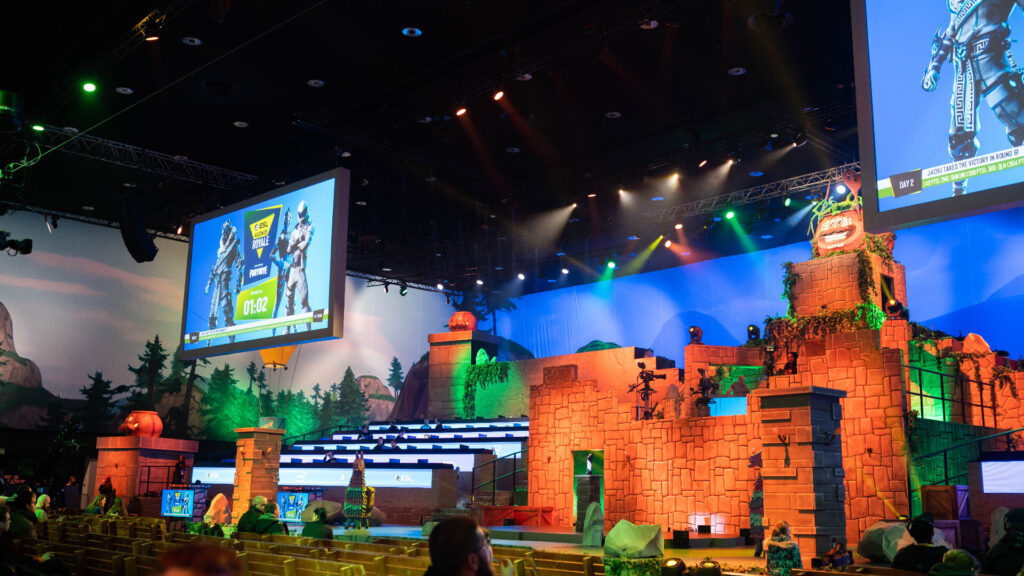
How Does a Game Calculate MMR?
Your MMR will vary from game to game, and some algorithms might consider or weigh metrics differently. Additionally, many competitive games like Dota 2 or Overwatch assign players a new MMR every season. So, there are always chances to ascend — or descend — the ranks based on how the player base and game updates over time.
Games assign MMR based on a formula of specific influences. These are the most common considerations that impact seasonal MMR:
- Win-loss ratio: How often you win compared to how often you lose. This record is one of the most critical factors in MMR.
- Streaks: How well you maintain consistent wins or suffer continued losses.
- Absence: Sometimes called decay or idleness, it refers to if you take time off from the game. If you don’t log in for weeks, it might reduce MMR.
- In-game barriers: MMR may only change once hitting thresholds, such as minimum player level or number of games played. This is why players with multiple accounts will have different MMRs despite being owned by the same person.
- Opponents’ skills: Allows MMR to increase more based on your rank versus opponents.
- In-game performance: Permits MMR to be less affected if you perform well in a losing game.
Other games might have other factors, and the future of gaming might present players with more challenges in perfecting MMR. The goal is to get MMR higher and higher every season. Many games allow players to see their MMR in-game menus or near their character. You should wear it like a badge of honor, highlighting your skill and experience.
Do you want competitive placements that make you feel like an Olympian? You’ll have to play the MMR game, even though many players have mixed feelings about it.
How Can I Improve My MMR?
Now that you know what factors into your MMR, it’s pretty easy to determine the next best steps. But before tackling each metric, it’s best to research your game first.
For example, not all games include decay. Valorant does, and League of Legends does not. You’re off to a great start if you discover what the algorithm considers. However, this only matters if you do one thing — play the game. As competitive gamers like to say, “get good.” You must learn how to play the game well by playing often to improve MMR. Being consistent and dedicated is the best advice you can get.
Take time to think about your games critically. There are no opportunities to become more skilled without self-reflection. Ask yourself where you can improve, or better yet, ask teammates to provide constructive feedback at the end of games. Here are a few prompts to get you thinking:
- Do you know how to construct the best builds for your character?
- Are you using your resources adequately?
- How well are you contributing to a team dynamic, or are you mostly fending for yourself?
- Have you looked into recent patches or updates for the characters and maps you play so you’re aware of changes?
This doesn’t mean you should only play against people you can keep beating. You have to play skilled individuals to test yourself. The game rewards you for playing higher-ranked players. Plus, you’ll learn more this way.
Finally, the best way to improve MMR is to stay optimistic. Maintaining a good attitude is critical. Esports can have a reputation for toxic communities, so it is essential to perpetuate positive behavior while people learn.
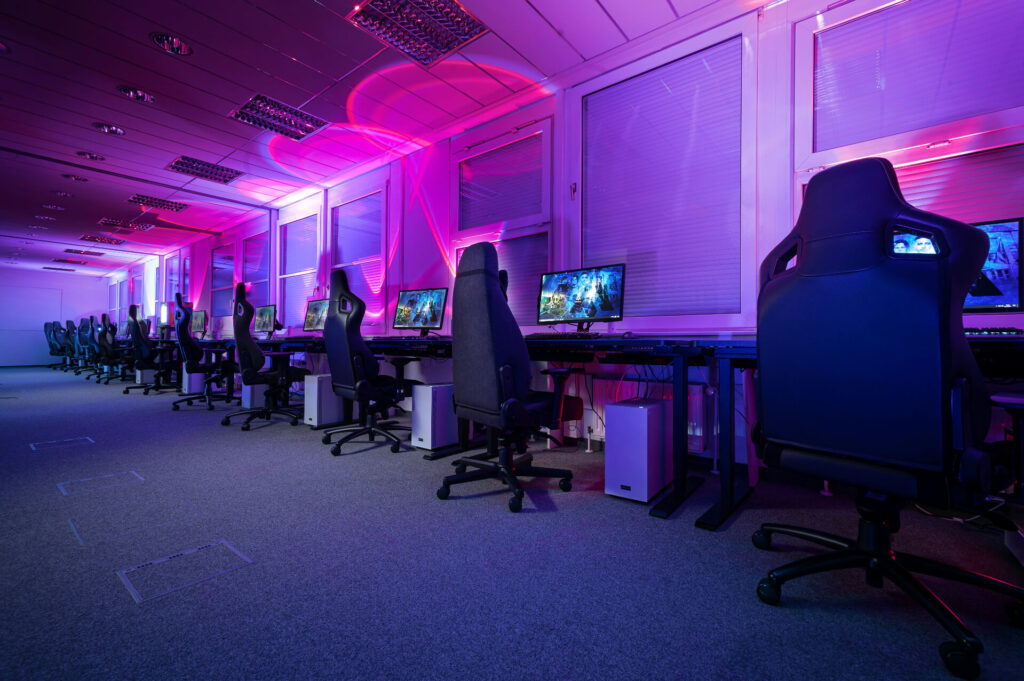
What Is MMR in Gaming Worth?
In short, MMR equates to an individual gamer’s reputation. You might appreciate a game and play it constantly, naturally getting ranked higher and higher by the algorithm. Or, you might be intentionally trying to increase MMR to get noticed by esports teams or to receive a coveted invite to a competition.
MMR in gaming is worth whatever you make of it. For viewers, seeing well-matched players makes for a good viewing experience. For players, engaging with people in the community on the same level as you is a breath of fresh air — literally and metaphorically.
Recent Stories
Follow Us On
Get the latest tech stories and news in seconds!
Sign up for our newsletter below to receive updates about technology trends











